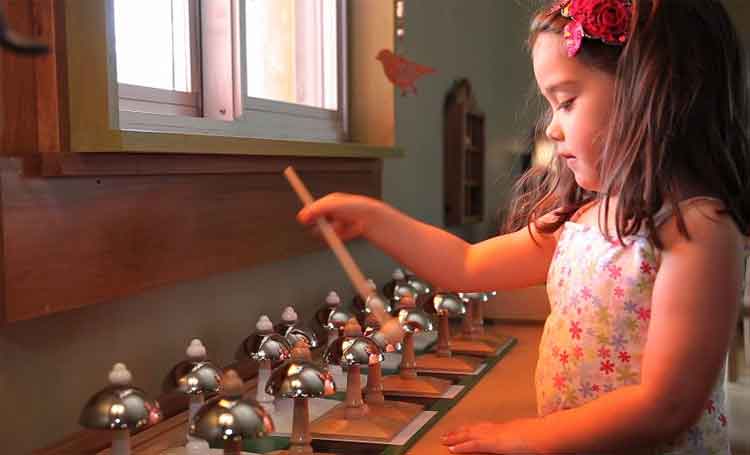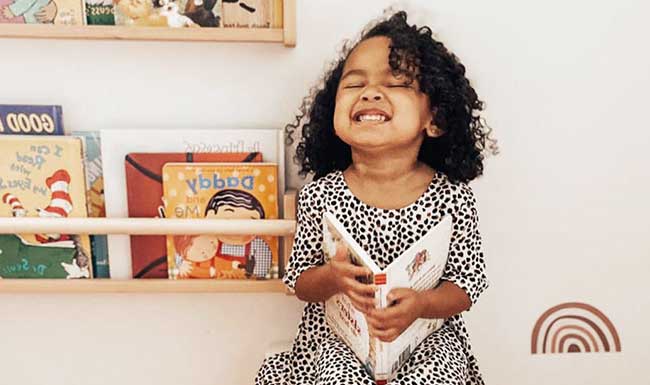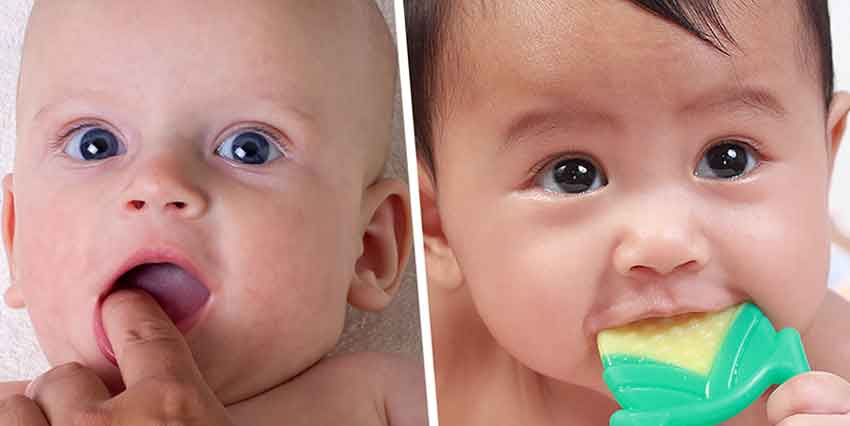Montessori education is an internationally recognized pedagogy that prioritizes the whole child’s development. It is grounded in the belief that children learn best when given the autonomy to explore, discover, and learn at their own pace. A core component of this approach is the Montessori apparatus—specially designed educational materials that support hands-on learning. But what is the connection between these materials and child-led learning, and why are they so central to the Montessori method? This article explores the relationship between the Montessori apparatus and child-led learning, shedding light on the key principles behind this approach.
What is Montessori Apparatus?
Montessori apparatus refers to the array of hands-on learning materials designed to engage children in specific areas of development—cognitive, social, emotional, and physical. Each piece of Montessori equipment is carefully crafted to isolate one learning concept at a time, allowing children to focus on mastering that concept before moving on to more complex tasks. These materials are often self-correcting, which means that children can work independently without constant adult intervention. Examples include the pink tower, which teaches concepts of size and order, and the golden beads, which help children understand the base-10 number system.
The Montessori materials are designed to foster exploration, curiosity, and problem-solving skills. They are not only tools for learning but also instruments that support the child’s natural desire to learn and grow. This brings us to the concept of child-led learning, the cornerstone of the Montessori method.
What is Child-Led Learning?
Child-led learning is an educational philosophy where the child takes the lead in directing their own learning experiences. In contrast to traditional educational settings, where teachers often dictate what children should learn, and when child-led learning allows children to explore topics of interest at their own pace. The teacher in a Montessori environment acts as a guide or facilitator, providing resources and opportunities for exploration but stepping back to allow the child to take control of their learning journey.
In this context, children are seen as active participants in their development. They are empowered to make choices, solve problems independently, and pursue their curiosities without fear of failure. Montessori apparatus plays a vital role in facilitating this process by creating an environment where children can engage in hands-on learning at their own pace and according to their unique interests and developmental needs.
The Connection Between Montessori Apparatus and Child-Led Learning
- Fostering Independence
One of the key principles of Montessori education is fostering independence in children. Montessori apparatus encourages this independence by offering materials that children can use without needing constant adult assistance. The self-correcting nature of many Montessori materials, such as the color tablets for learning color recognition or the moveable alphabet for early literacy, allows children to work through challenges on their own. This independence nurtures self-confidence and promotes a sense of accomplishment when a child solves a problem or completes a task. - Promoting Active Engagement and Exploration
The Montessori materials are designed to captivate children’s attention and ignite their natural curiosity. Because the apparatus isolates specific learning concepts, children can engage with them at their own pace, exploring one concept at a time. For instance, a child using the knobbed cylinders learns to discern size, while simultaneously improving fine motor skills. By interacting with these materials, children are not just passive recipients of information; they are active participants in their learning process. This type of hands-on, experiential learning allows children to lead their own exploration, following their own interests and learning needs. - Encouraging Problem-Solving and Critical Thinking
The Montessori approach fosters a strong sense of problem-solving. Many Montessori apparatus pieces are designed to encourage critical thinking and decision-making. For example, the bead frames allow children to learn about arithmetic through manipulation, providing them with a tactile understanding of numbers and operations. As children encounter challenges while using these materials, they are encouraged to think critically about how to solve problems on their own, without relying on a teacher for immediate answers. This process of trial, and error, and self-correction builds resilience, critical thinking, and perseverance—all essential skills for life-long learning. - Supporting Individualized Learning
Every child is unique, with their own pace of learning, strengths, and areas for growth. Montessori apparatus is designed to meet the needs of each child individually, allowing them to progress at their speed. This personalized approach supports child-led learning by enabling children to select the materials that appeal to them most, according to their developmental stage and interests. For instance, a child interested in language development might gravitate toward the sandpaper letters, while a child interested in building may spend hours with the wooden blocks. This level of choice and autonomy is not only motivating but also helps children take ownership of their learning journey. - Creating a Prepared Environment for Learning
In Montessori education, the classroom environment is considered just as important as the materials themselves. The environment is carefully prepared to support child-led learning, offering a variety of materials that are accessible, well-organized, and developmentally appropriate. Montessori apparatus is designed to be aesthetically pleasing and engaging, creating an inviting space that encourages exploration and discovery. When children feel that their environment is designed for them, they are more likely to take the initiative in their learning and feel confident in their ability to explore new ideas. - Encouraging Concentration and Focus
Another connection between the Montessori apparatus and child-led learning is the ability of these materials to foster deep concentration. Because Montessori materials are often challenging yet achievable, they encourage children to focus their attention and immerse themselves in a task. The concentration required to manipulate the materials helps children build attention span and focus, skills that are transferable to other areas of life. The ability to work for extended periods on a single task without external distractions is a hallmark of Montessori education and essential for independent learning.
The connection between the Montessori apparatus and child-led learning is deep and intrinsic. The materials are not just educational tools—they are catalysts for children’s independence, curiosity, and critical thinking. By using the Montessori apparatus, children engage in a dynamic, hands-on learning process that encourages them to take control of their educational journey. Through this approach, children not only gain knowledge but also develop the skills needed to navigate a world full of challenges and opportunities.
Montessori education is more than just a method—it’s a philosophy that trusts in the child’s innate ability to learn and grow. By providing children with the right tools, environment, and freedom to explore, Montessori education creates lifelong learners who are confident, capable, and curious.
Content Prepared by: Pratheek
Contact no: +91 98468 08283




